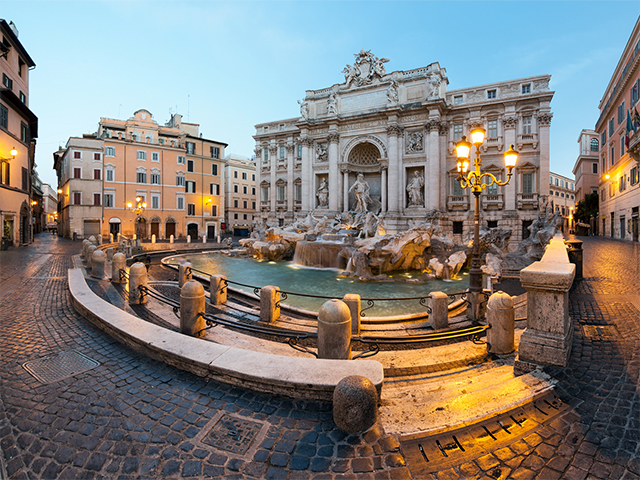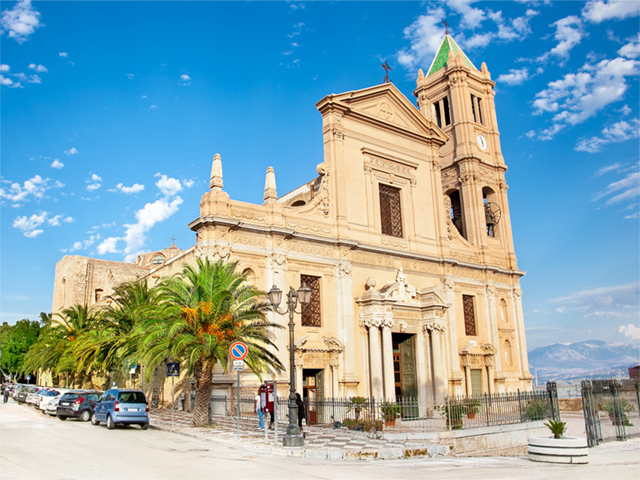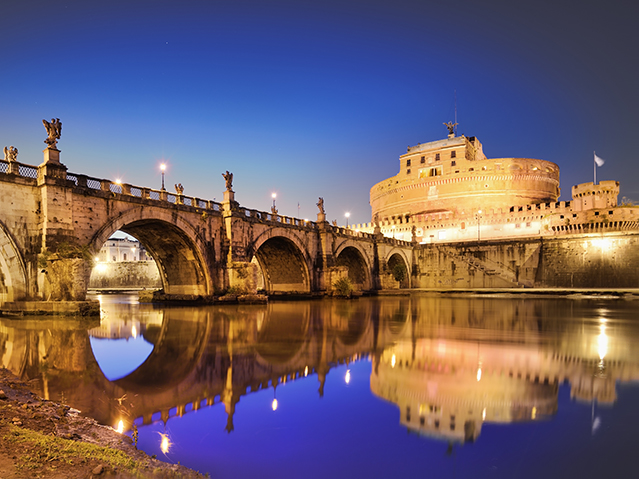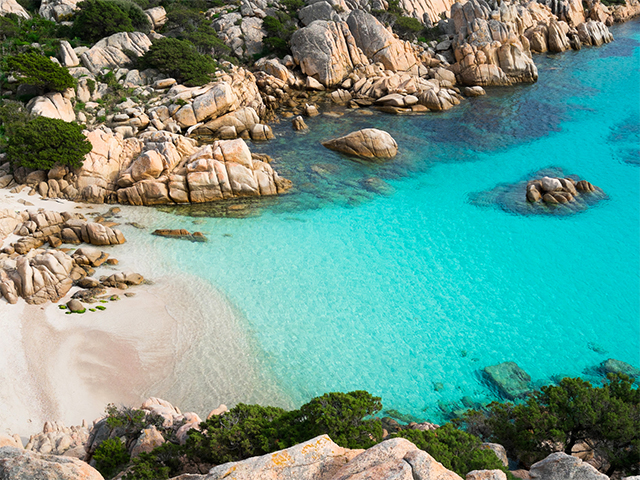Allumiere: 5 Things to See
Find out what to see and do in Allumiere... Don't miss this unspoiled area, rich in woods and green!Among the Tolfa Mountains, not far from Civitavecchia, is the municipality of Allumiere. A still unspoiled area, rich in woods and green.
The name of the town, “Allumiere”, is due to the presence of alunite mines, from which rock alum is obtained. These mines were discovered by Giovanni da Castro in 1462. In the past, they were a very important element for the manufacture of leather and fabrics.
The city is also famous for its typical durum bread, with a yellow crumb and no added salt.
BREAD BAKING COURSE IN ALLUMIERE
Now let's discover 5 things to see in Allumiere...
1. Sanctuary of Madonna delle Grazie
Among the first things to see in Allumiere is the Sanctuary of the Madonna delle Grazie.
The building was probably built over one of the many small chapels that were located next to the alum mines in the 15th-16th centuries. The miners went there to pray.
The Sanctuary stands on the former Mount Roncone and is now known as Monte delle Grazie.
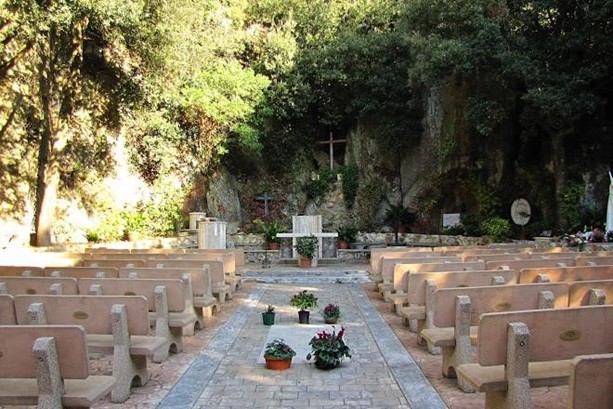
The Sanctuary of Madonna delle Grazie, in Allumiere
The building passed into the hands of the Municipality of Allumiere in the mid-nineteenth century, and has been renovated several times.
In 1987, Pope John Paul II crowned the statue of the Virgin during his Pastoral Visit in Civitavecchia.
The perfect day to visit the Sanctuary is September 8, for the feast of Our Lady of Graces. Many pilgrims come in procession to the church until late in the evening. There are also several cultural and sports events, such as the GP "Madonna delle Grazie", a bike race for Juniors.
2. Municipal Museum A. Klitsche de la Grange
The Allumiere Municipal Museum is a must-see attraction. It is the located in Piazza della Repubblica, in the former Palazzo della Reverenda Camera Apostolica.
In the 16th century Pope Gregory XIII wanted this building to house the administrative offices of the mining activity and the Papal Court that visited the mines.
The Municipal Museum is also known as the Klitsche Museum de La Grange: it owes its name to the mining engineer who, in the 19th century, discovered evidence of the proto-Villan culture of the late Bronze Age in the area.
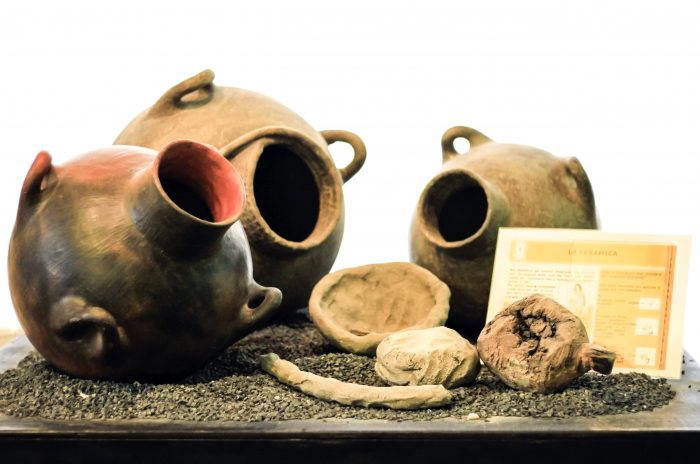
Prehistoric finds at the Municipal Museum, in Allumiere
The exhibition space is divided into three sections:
- Archaeology section: materials on display covering the past from the Paleolithic to the Renaissance period. There are interesting samples of everyday life, such as Villanovan vases and unique documents on alum mining.
- Naturalistic section: it is possible to learn about the flora and fauna of the area, vegetation, natural ecosystems and the wildlife population of the Tolfa Mountains.
- Mineralogy section: rocks, geology and mineralogy from the area. Among the most important paleontological finds, are the fragments of Elephas antiquus.
The lithic industries, which can be dated to 450,000 years ago, are also very interesting. These are the oldest traces of the first human communities of the Tolfa Mountains and are the oldest in Lazio.
There are also educational activities, such as experimental archaeology workshops and naturalistic workshops for schools at all levels.
3. The Natural Monument “Faggeto” (beech forest)
The Natural Monument “Faggeto” in Allumiere is definitely one of the most beautiful places in the area. It’s mostly a beech forest covering about 100 hectares.
The distinctive feature is the presence of beech trees at low altitude (about 600 meters), thanks to the favorable climatic conditions that allow plants that usually live in cold climates and above 1000 meters to survive.
In addition, the Faggeto is an area of great naturalistic interest due to the presence of a colony of hibernating bats, birds of European interest and animals such as fox, weasel, marten, dormice, hedgehog, hazel mouse and badger. But, above all, there are numerous plants such as the Sycamore maple, the minor maple, the field maple, chestnut, white hornbeam, black hornbeam, the Turkey oak and the holm oak.
You can also see a rich undergrowth with a wide variety of vegetation: holly, butcher's broom, ivy, cyclamen and various species of orchids.
Finally, following the marked itineraries, you can also find some old alum quarries, such as the open-air Cava del Silenzio (ancient Cava del Moro) and the Mine of S. Barbara.
In short, whether it is a walk or an excursion, you cannot miss a stop at the Faggeto in Allumiere!
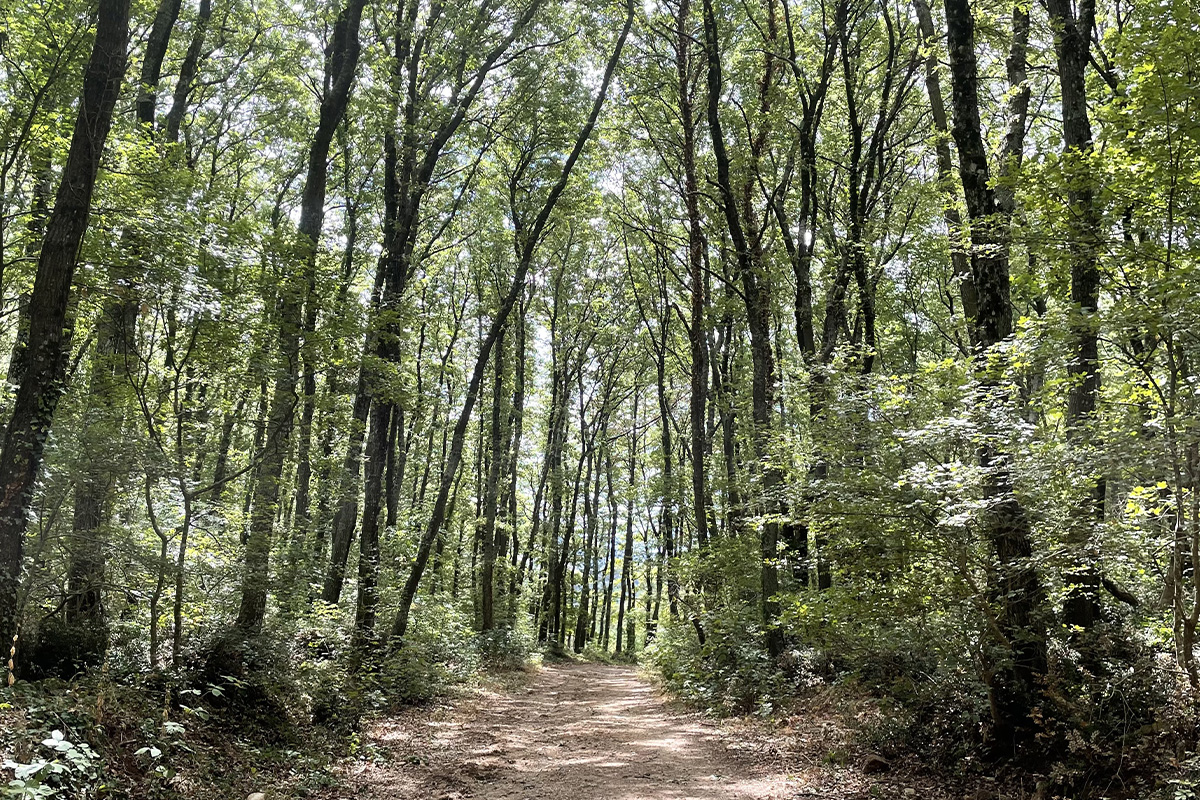
The Natural Monument “Faggeto” in Allumiere
4. Ripa Majala
Another unspoiled place worth visiting in Allumiere is Ripa Majala, a cliff that originated at the end of the Pliocene next to the Tolfa Mountains.
It is a reddish volcanic rock: some sections are polished and full of holes; others, rougher, are furrowed with cracks.
It is one of the best cliffs in northern Lazio for climbing, both for the quality of the rock and the number of routes. From February 1 to May 31, however, it is forbidden to climb this rock, for reasons related to the reproduction of birds of prey.
It is also very important from a historical point of view. In fact, in Roman times it was populated, thanks to the presence of natural caves and a permanent water spring. In addition, a nearby road indicates that in ancient times a road connected this village with Farnesiana and the hermitage of the Trinity. It was later used throughout the Middle Ages, probably for the transport of alum.
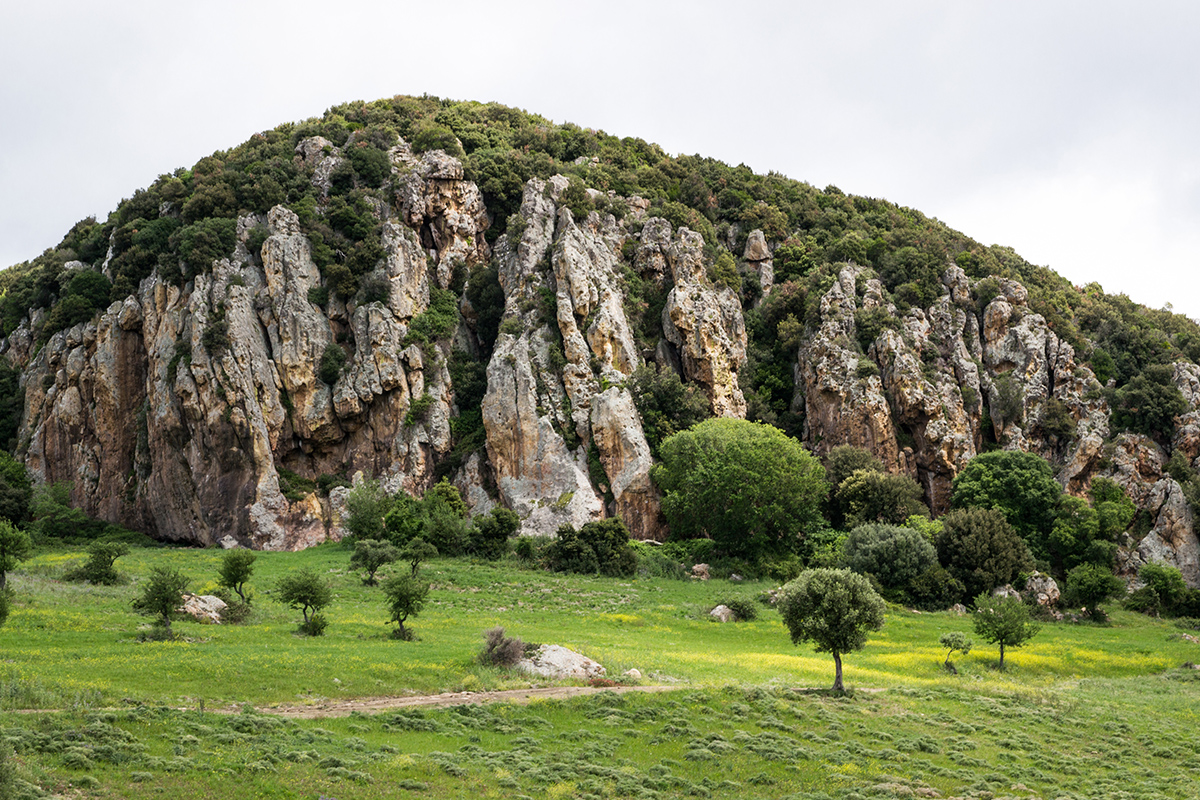
Ripa Majala cliff, in Allumiere
5. Farnesiana
Finally, we have to mention Farnesiana as another place to visit in Allumiere, probably among the most suggestive and hidden of all the Maremma in Lazio!
This area is characterized by green hills that, starting from the Tolfa Mountains, extend along the valley of the Mignone River until they plunge into the crystal-clear waters of the Tyrrhenian Sea.
Farnesiana is not only a place where cows and horses graze peacefully, but also a characteristic village with a small church: Santa Maria della Farnesiana, built in 1836.
Not far away you can see the ruins of Cencelle, a medieval city commissioned by Pope Leo IV. From 854 to 889 it welcomed the inhabitants of Centumcellae (now Civitavecchia) who were fleeing from the Saracens.
Also not to be missed are the remains of the Hermitage of the Trinity, located along the road leading to Farnesiana, in a small street on the right. According to tradition, St. Augustine stayed at the hermitage and was there when he dictated his Second Rule and began to write the "De Trinitate".
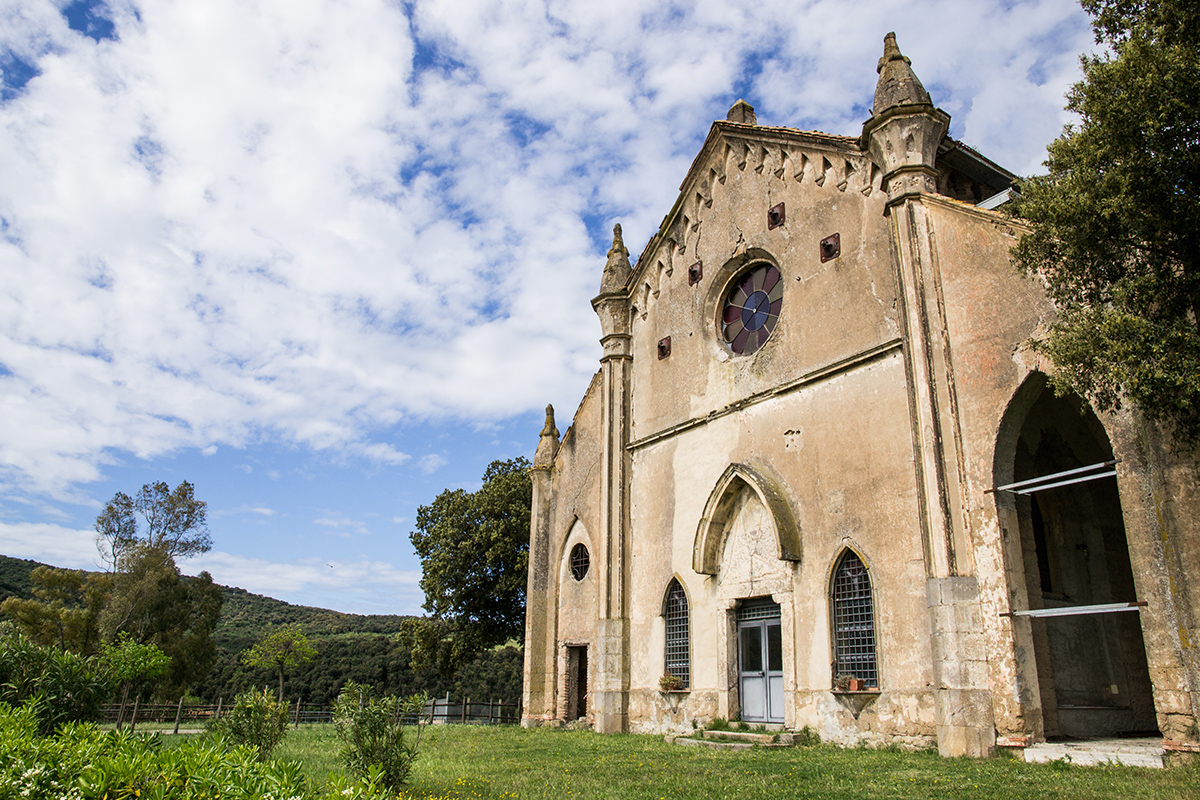
The church at Farnesiana
Useful information
- HOW TO GET THERE
- By carFrom Rome: take the Strada Statale Aurelia or the A12 highway (Rome - Civitavecchia) until the S. Severa junction/exit, then take the provincial road towards Tolfa (23 km);From Civitavecchia: drive along the Braccianese Claudia provincial road towards Allumiere/Tolfa/Bracciano for about 20 km until Allumiere.By busFrom Rome: take the Cotral line (from Saxa Rubra station) in direction Civitavecchia/Tolfa or in direction Bracciano/Tolfa.From Civitavecchia: we recommend the Cotral line from the Porta Tarquinia/Piazza Vittorio Emanuele/Railway Station stop in the direction of Allumiere/Tolfa.



 PORT MOBILITY CIVITAVECCHIA
PORT MOBILITY CIVITAVECCHIA








